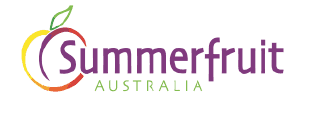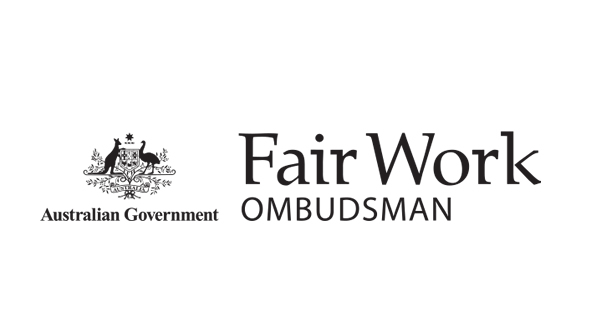
Delicious Aussie plums gain access to Vietnam
Summerfruit Australia Limited welcomes news that Vietnam is allowing access for Australian plums. Click here to read the Summerfruit Australia Media Release

Vietnam market access: Plum position for Aussie crop
Australian plums are headed to Vietnam following a strategic research and development effort and successful market access negotiations led by the Australian Government's Department of Agriculture, Fisheries and Forestry. Read full article HERE
"The prospects for flat nectarines in 2024 are looking very good, with strong sales expected"
Flat stone fruit, a very versatile and convenient product, is here to stay, as demonstrated by current production and consumption data. In fact, only 1% of the registered flat nectarine acreage in 2021 existed prior to the year 2000, and the projected development of the flat nectarine segment will give a new boost, with the help of its flagship club label: Ondine.
Read full Fresh Plaza article HERE

This Industry Advice Notice (IAN) is to advise that applications are now open for the accreditation of farms and packhouses, and the registration of treatment facilities, to export summerfruit to protocol markets for the 2024-2025 season.
Applications must be received by 5:00pm (AEST) Friday 15 July 2024. Late submissions will not be accepted.
Super Guarantee Increase
The May 2024 Federal Budget maintained the Super Guarantee's legislated increase to 12%. From 1 July 2024 the Super Guarantee will increase to 11.5%. It will then increase by a further 0.5% on 1 July 2025 to reach 12%.

Following its Annual Wage Review, the Fair Work Commission has announced an increase to the National Minimum Wage and minimum award wages.
The Commission has increased the National Minimum Wage and minimum award wages by 3.75%.
The increase applies from the first pay period starting on or after 1 July 2024.
In the meantime, you can:
An updated version of the Fair Work Information Statement will also be available from 1 July 2024.
© Summerfruit Export Development Alliance